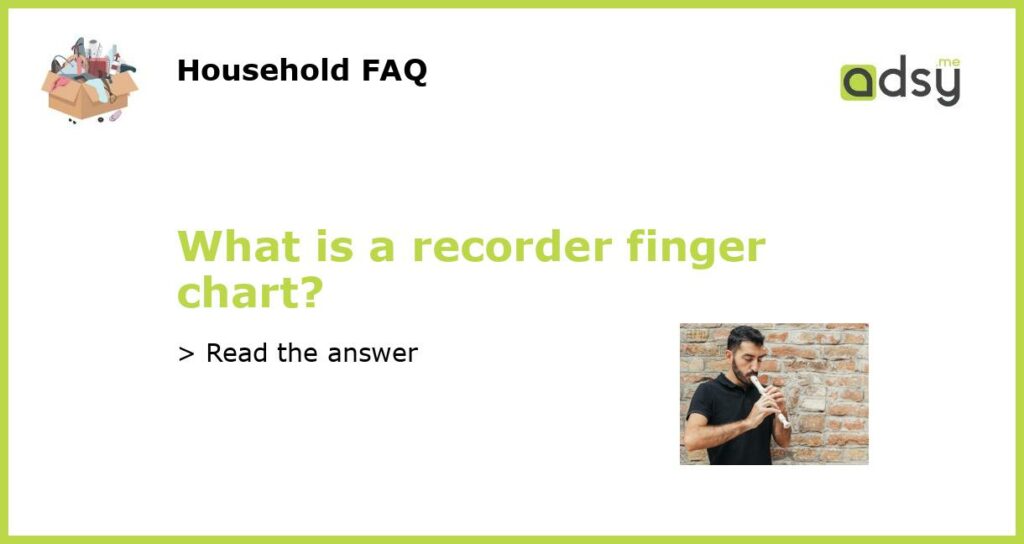Are you planning to learn an instrument and have chosen the recorder? You made a wise choice. As one of the most straightforward instruments to learn, it’s perfect for beginners. One essential skill in learning the recorder is understanding the finger chart. In this article, we’ll discuss what a recorder finger chart is and how it works.
What is a Recorder Finger Chart?
As the name suggests, a recorder finger chart is a chart that displays the fingerings used to play specific notes on the recorder. Most recorder finger charts, like this one from Recorder-Fingerings or this one from Making Music Fun, are easy to read and feature an image of the recorder with circles indicating where to place each finger to achieve a specific note.
How to Read a Recorder Finger Chart
Reading a recorder finger chart may seem intimidating, but it’s easy. You read it from left to right, and each circle represents a hole on the recorder. A blackened hole indicates which finger to lift, and a white section means to keep your finger down. The different colors in the circles represent different fingers on your hand. For example, the thumb is usually red, while the rest of the fingers are black.
Why is a Recorder Finger Chart Important?
A recorder finger chart is essential because it helps students learn how to play different notes on the recorder. It’s also a valuable tool for teachers as they can incorporate it into lesson plans to show their students how to play tunes. Finger charts are especially helpful for children who are visual learners as they can easily see where to place their fingers on the instrument.
Practice with a Recorder Finger Chart
After you become familiar with the recorder finger chart, the next step is to practice. Start by practicing a few notes and playing simple tunes. As you become more comfortable with the fingerings, move slowly up the scale, learning additional notes until you feel confident playing the recorder.
Overall, a recorder finger chart is an essential tool for anyone learning the recorder, from beginners to advanced players. By understanding how to read and use a finger chart, you’ll be on your way to become a skilled recorder player in no time.






